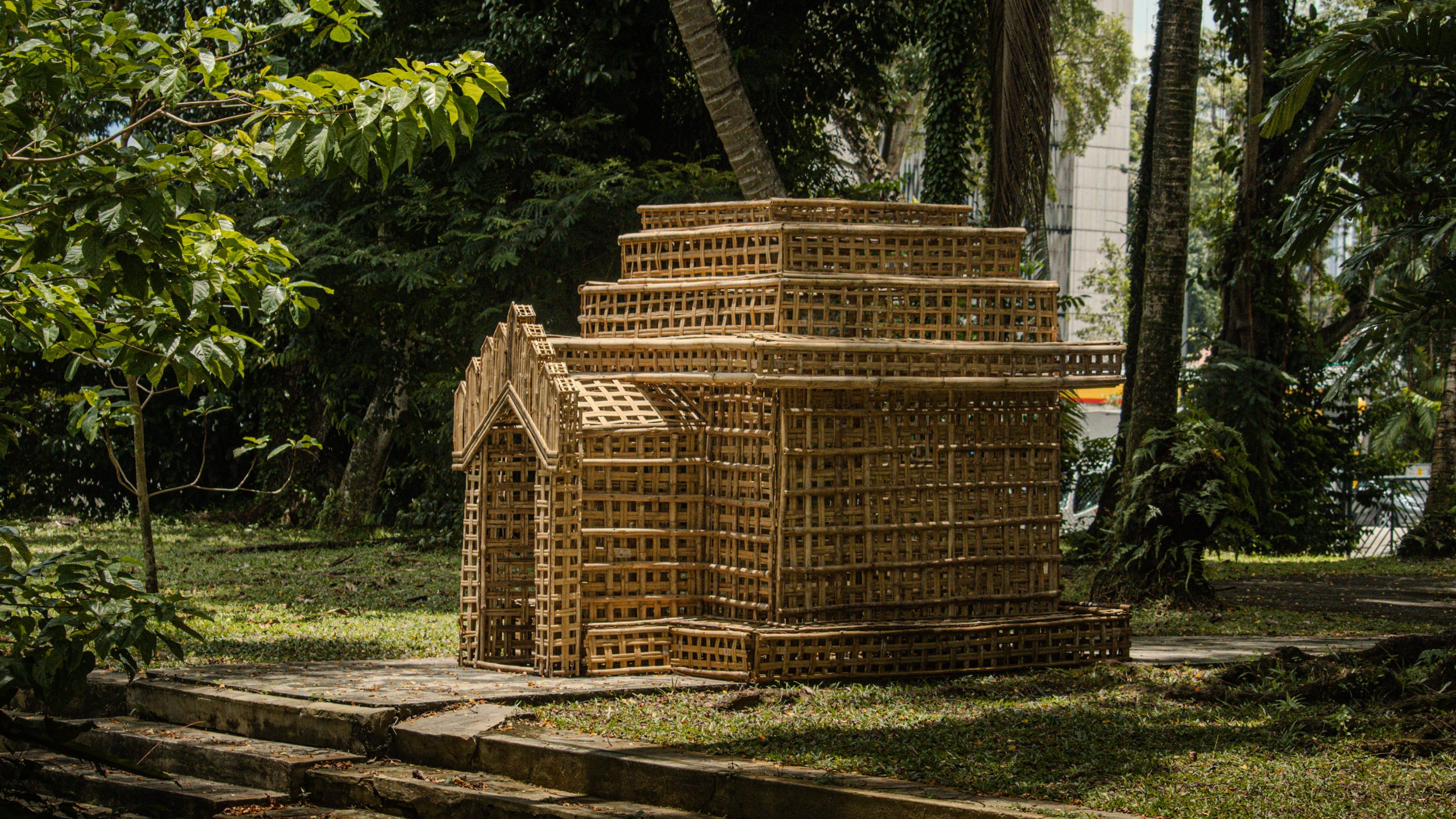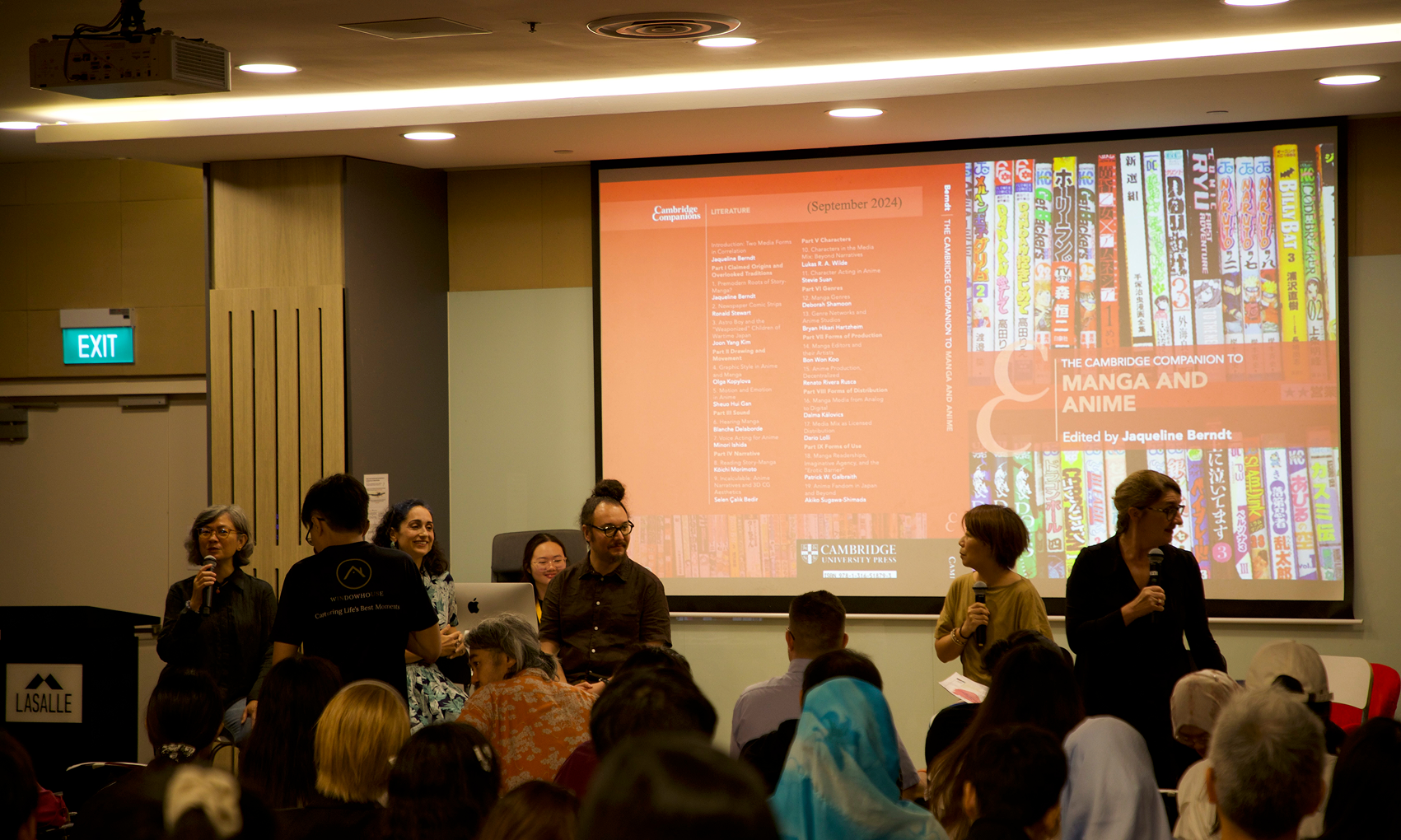Journal and book publications
Circular Intimacy: Re-evaluating Wen-Ying Tsai’s Interactive Sculptures
The article analyses Wen-Ying Tsai’s pioneering interactive sculptures and argues that these works act psychologically as well as audio-visually on spectators, in ways that elicit their empathy and establish a strong sense of intimacy during their encounter. Tsai’s ambitious kinetic artworks are considered in relation to prevailing theories and practices within cybernetics, particularly the ideas of its founding father, Norbert Wiener (1894-1964). Interesting parallels are drawn between the two individuals, their lives, personalities and beliefs. As a trained mechanical engineer as well as an artist, Tsai was one of the most distinctive figures to emerge during the explosion of technological arts in the late 1960s. His works seemed miraculous for their time – responsive cybernetic automata, a gravity reversing upside-down fountain, and rapidly oscillating, metallic plant and grass-like phenomena that were awe-inspiring, shimmering spectacles. Significantly, he saw these sculptures as a part of himself, and their dynamic vibrations – the primary and defining characteristic of these works – as a form of self-expression.
Citation:
Dixon, Steve. ''Circular Intimacy: Re-evaluating Wen-Ying Tsai’s Interactive Sculptures.'' Tsaibernetics: Transgenerational Cybernetic Art, edited by Ryszard W. Kluszczynski, Gdansk, LAZNIA Centre for Contemporary Art, 2023, pp. 50-87, ISBN / ISSN: ISBN: 8361646957.
A Kind of Shelter Whakaruru-taha: An Anthology of New Writing for a Changed World
Sixty-eight writers and eight artists gather at a hui in a magnificent cave-like dwelling or meeting house. In the middle is a table, the tēpu kōrero, from which the rangatira speak; they converse with honoured guests, and their rangatira-kōrero embody the tāhuhu, the over-arching horizontal ridge pole, of the shelter. In a series of rich conversations, those present discuss our world in the second decade of this century; they look at decolonisation, indigeneity, climate change . . . this is what they see. Edited by Witi Ihimaera and Michelle Elvy, this fresh, exciting anthology features poetry, short fiction and creative non-fiction, as well as kōrero or conversations between writers and work by local and international artists. The lineup from Aoteraoa includes, among others, Alison Wong, Paula Morris, Anne Salmond, Tina Makereti, Ben Brown, David Eggleton, Cilla McQueen, Hinemoana Baker, Erik Kennedy, Ian Wedde, Nina Mingya Powles, Gregory O’Brien, Vincent O’Sullivan, Patricia Grace, Selina Tusitala Marsh and Whiti Hereaka. Guest writers from overseas include Aparecida Vilaça, Jose-Luis Novo and Ru Freeman. Ihimaera and Elvy have curated a luminous hui, a book to return to time and again.
Citation:
Golden, Steve. A Kind of Shelter Whakaruru-taha: An Anthology of New Writing for a Changed World. Auckland, Massey University Press, 2023, ISBN / ISSN: 978-1-99-101622-5.
‘Contact zones’ of heritage diplomacy: Transformations of museums in the (post)pandemic reality
Tracing transformations in the museum agency under the pressure of the pandemic crisis in 2020, the article conceptualizes museums as dynamic “contact zones” of heritage diplomacy. It explores two foundational components of a contact zone, such as building a social space for a cross-cultural encounter, negotiation and debate as well as offering a platform to address transnational concerns on the heritage decolonization agenda. Drawing on desk research, document analysis and semi-structured interviews with museum professionals, it analyses the case studies of the livestreaming bilateral museum diplomacy and metaverse live heritage pandemic diplomacy, followed by a discussion on the processes of museums decolonization that started to unfold in response to the 2020 Black Lives Matter movement. The research argues that the impact of the digitalization pressures did not only affect the ways, forms, and structures of cross-cultural communications in museums, but also moved them a bit forward in their decolonization processes.
Citation:
Grincheva, Natalia. ''‘Contact zones’ of heritage diplomacy: Transformations of museums in the (post)pandemic reality.'' Heritage Diplomacy : Discourses, Imaginaries and Practices of Heritage and Power, edited by Tuuli Lähdesmäki, and Viktorija L.A. Čeginskas, London, Routledge, 2023, pp. 76-93, ISBN / ISSN: 9781032535029.
Cultural analytics: Machine learning and understanding the Korean Wave (Hallyu)
Various factors may contribute to the rise of global movements, like Hallyu or the Korean Wave. These could include support from the Korean government for its creative industries or be associated with the opportunities presented by social media platforms. Yet, global movements’ rapid and wild development will always hold an element of mystery. While we can’t fully explain the “human factor” and the magic behind the birth of a global movement, can we harness data on their spread, impact, and intensity across different regions in recent decades to anticipate their future trajectory? The short media article discusses machine learning capabilities of the Data to Power mapping application to explore and forecast the global impact of Hallyu. The project utilises a wealth of three decades of Hallyu data to formulate a predictive model of the Korean Wave scope and its trajectory across various geo-locations, transforming data analysis into a robust data intelligence system.
Citation:
Grincheva, Natalia. ''Cultural analytics: Machine learning and understanding the Korean Wave (Hallyu).'' The Academic, 2023.








